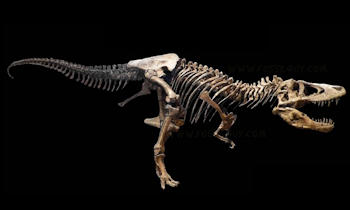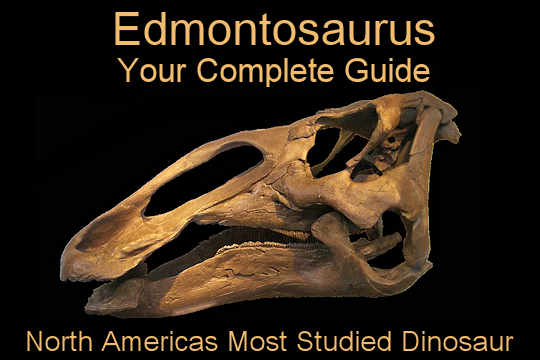Paleontology News
A new, non avian, dinosaur discovered with elaborate display structures
Summary Points

Illustration of Ubirajara jubatus from Smyth et al, 2020- Cretaceous Research.
The chicken sized dinosaur comes from 110 myo Cretaceous rocks of Brazil
The dinosaur has keratin spines coming from it's shoulders
This dinosaur also has a long furry mane running down it's back
This dinosaur is non avian, which shows birds inherited display structures from their dinosaur ancestors.
A new Dinosaur with elaborate display structures, including a furry mane and rods on its shoulders, shows how extreme courtship displays were in dinosaurs.
This article is based on a Press Release by the University of Portmouth - December 14, 2020, and the related Journal Article (Smyth et al, 2020)

Image and diagram of one of the fossil halves. This fossil shows the furry mane running down the dinosaurs back. The half not shown here has the faint keratin display structures. From Smyth et al, 2020, Cretaceous Research.
A new chicken sized dinosaur was found in 110-million-year-old Cretaceous rock from Brazil, which was part of the ancient supercontinent Gondawana. It was found in 1995 and stored in a German museum. An international research team recently reexamined the specimen with new X-ray scans and revealed previously hidden skeletal elements and soft tissue.
The team named the new dinosaur 'Ubirajara jubatus' which means 'Maned Lord of the Spear' from the indigenous Tupi People of Brazil.
Researchers found two keratin ribbon like structures coming from each shoulder of the dinosaur. These stiff spines would not have impeded its motion and may have been used as display.
David Martill of the University of Portsmouth points out, they 'were probably used for display, for mate attraction, inter-male rivalry or to frighten off foes.'
He also added 'Given its flamboyance, we can imagine that the dinosaur may have indulged in elaborate dancing to show off its display structures.'
'Modern birds are famed for their elaborate plumage and displays that are used to attract mates - the peacock's tail and male birds-of-paradise are textbook examples of this.'
What's interesting is this is a non-avian dinosaur. 'Ubirajara shows us that this tendency to show off is not a uniquely avian characteristic, but something that birds inherited from their dinosaur ancestors.'
Robert Smyth from the research said 'We know lots of dinosaurs had bony crests, spines and frills that were probably used for display but we don't see these very often in living birds,'
This little dinosaur had display structures made of keratin. Robert Smyth explains 'Keratin - the material that makes up hair, feathers and scales - is a much better display alternative for a small animal like this one. Keratin is less costly for a body to produce, it's also lightweight, flexible and can be regularly replaced if damaged.'
This unique dinosaur also has a well-preserved mane running down its back. The researchers believe the furry mane would have been able to raise and lower, sort of like how a cat can puff up when threatened. The mane is 11 centimeters at its tallest point. Frey, one of the researchers, said 'This is the longest mane ever reported in any dinosaur.'
It is also the first non-avian dinosaur found on the ancient supercontinent of Gondwana with preserved skin.

Here is an alternate illustraion of Ubiraja jubatus by Luxquine (CC BY-SA 4.0)
Journal Article:
Robert S.H. Smyth, David M. Martill, Eberhard Frey, Hector E. Rivera-Sylva and Norbert Lenz. (2020) A Maned Theropod Dinosaur from Gondwana with Elaborate Integumentary Structures. Cretaceous Research. In Press. DOI: 10.1016/j.cretres.2020.104686
Recommended Dinosaur Books and Educational Items:
Browse More Paleontology News

High quality Dinosaur teeth by Fossilera











